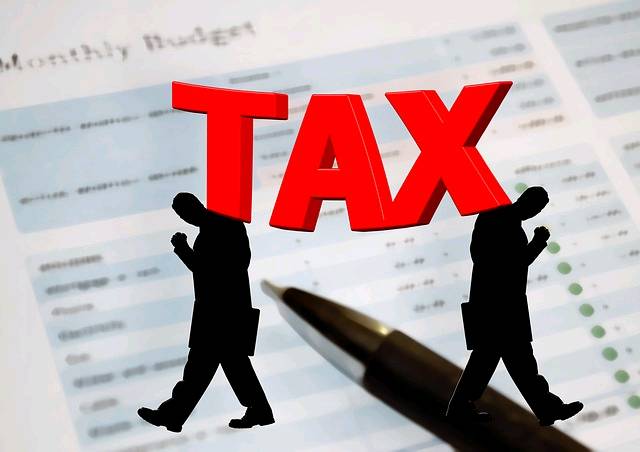GST is a destination based self-assessed tax scheme. With this coming into implementation in the Union Budget of India, 2017, it’s important to know about the tax return process.
This article first lists out the individuals eligible for tax returns. There’s also a procedure for filing GST returns.
Who Is Eligible For GST Registration And Its Returns?
Every businessman who buys or sells products, provides services, or both, is required to register for GST. This means that every entity registered under VAT, Excise, and service tax will have to register for GST.
Without GST registration, companies can’t collect GST from their customers. They also can’t file GST returns.
Businesses in northeastern states and hilly areas don’t have to register for GST if their annual turnover is less than Rs.10 lakhs.
According to the GST Council, this limit is Rs. 20 lakhs in the remaining parts of the country.
Every individual who registers for GST is eligible to register for GST returns as well. The return needs to be filed, even if there’s no business activity during the prescribed tax period.
The Returns Registration Procedure
A GST return can be filled in several ways, depending on the type of your business. There are 9 forms under GSTreturns, each with different purposes. Most of them need to be filled on a monthly basis.
GST Return Forms
There are 4 GST return forms that have to be filled by normal taxpayers. They are,
- Inward Supplies (GSTR-1): This form is for monthly details of the inward supplies for your business. It has to be filled by the 10th of every month.
- Outward Supplies (GSTR-2): These are the monthly details of outward supplies from your business. It has to be filled by the 15th of the next month.
- Return Filing (GSTR-3): This form is for monthly GST returns. It has to be filled every month by 20th of the next month.
- Return Filing (GSTR-4): This form is an annual record of GST returns. It has to be filled by the 31st December of the next financial year.
Steps Involved In GST Returns
- First, fill up the GSTR-1 form for the sales made for that month. This form has to be filled by the 10th of the next month.
- Your buyer will view this form in GSTR-2A. After the buyer approves it, they’ll fill a GSTR-2 form.
- If your buyer makes any modifications in the sales you marked in the GSTR-2 form, you can view it in the GSTR-1 and approve or disapprove it.
- After the approval of both the seller and the buyer, GSTR-3 is generated with the payment of taxes by the 20th of the next month.
If these forms aren’t filled on time, then a penalty of Rs. 100 is charged every day. This is up to the limit of Rs. 5000. So, don’t miss filling these so your tax records remain up to date. This can help you save on the taxes you pay.
Lasix without prescription
Buy Nolvadex online


